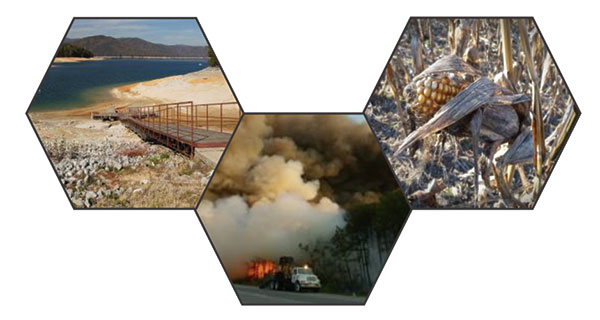
Through a partnership with the Department of Agriculture and the National Drought Mitigation Center (NDMC), SCDNR is soliciting information on real-time drought impacts by farmers who could regularly report soil moisture levels, crop and pasture conditions, and rainfall totals.
How does reporting benefit you?
Agencies across South Carolina are tasked with monitoring drought conditions and taking appropriate actions to help respond to and mitigate drought impacts.
At the federal level, the data is used by the authors of the U.S. Drought Monitor to make informed decisions that verify the numerical inputs used for the creation of the weekly map. The U.S. Drought Monitor map triggers various drought responses, including USDA disaster relief and Internal Revenue Service tax provisions.
NDMC has provided a mobile-friendly tool for those with agricultural interests in the Palmetto State to share this information and upload photos of impacted crops.
Reporting of drought conditions also improves the targeting of federal disaster relief aid to farmers in affected areas.
To report information, farmers and other community members can either visit bit.ly/droughtreport19 or email drought@dnr.sc.gov.
Submitters can report their contact information and GPS coordinates, or choose to remain anonymous.
Frequent reporting is encouraged, as it helps provide trend data.
What happens to your reports?
Condition monitoring reports appear on a map that initially displays the dry-wet categories the observer chose on the scale. Reports can be filtered to display category or sector-based impacts.
We recommend submitting a report once a week, to provide an ongoing comparison of wet, dry and normal conditions at your location. This will provide information on the varying local impacts.
Researchers and regulators who monitor drought need data to accurately assess each county’s drought status. The U.S. Drought Monitor map, updated weekly, uses input from SCDNR, the South Carolina Department of Agriculture and other agencies to assess drought conditions and trigger various drought responses.